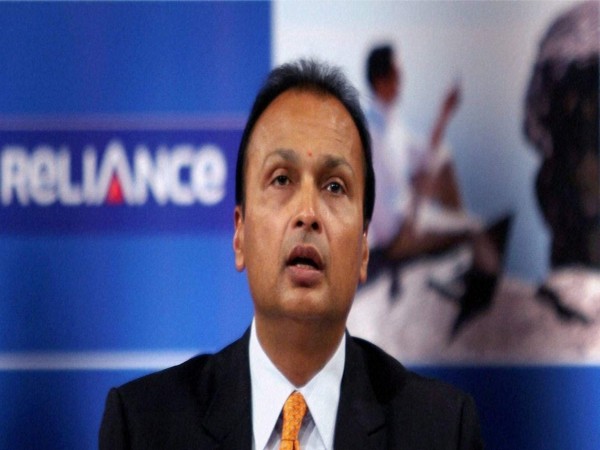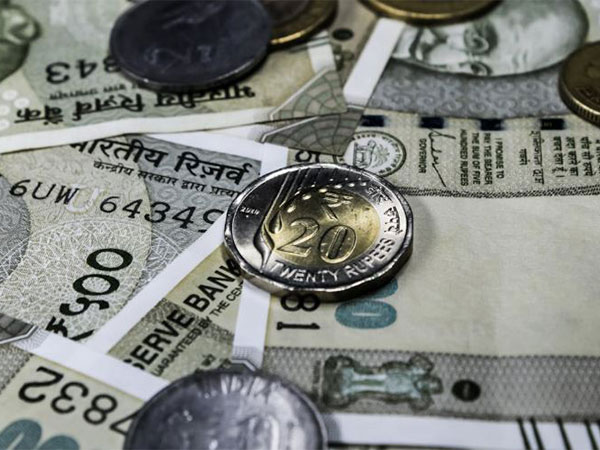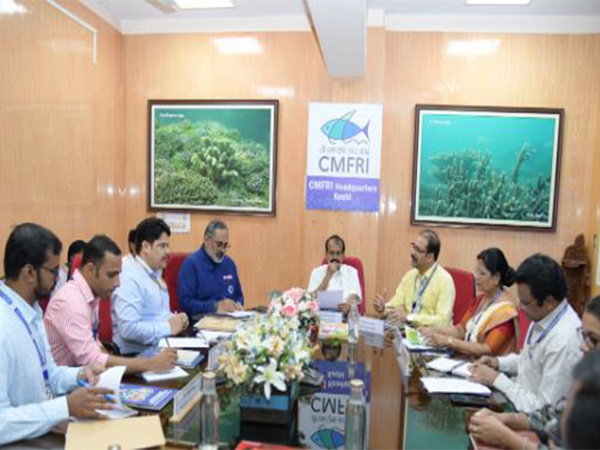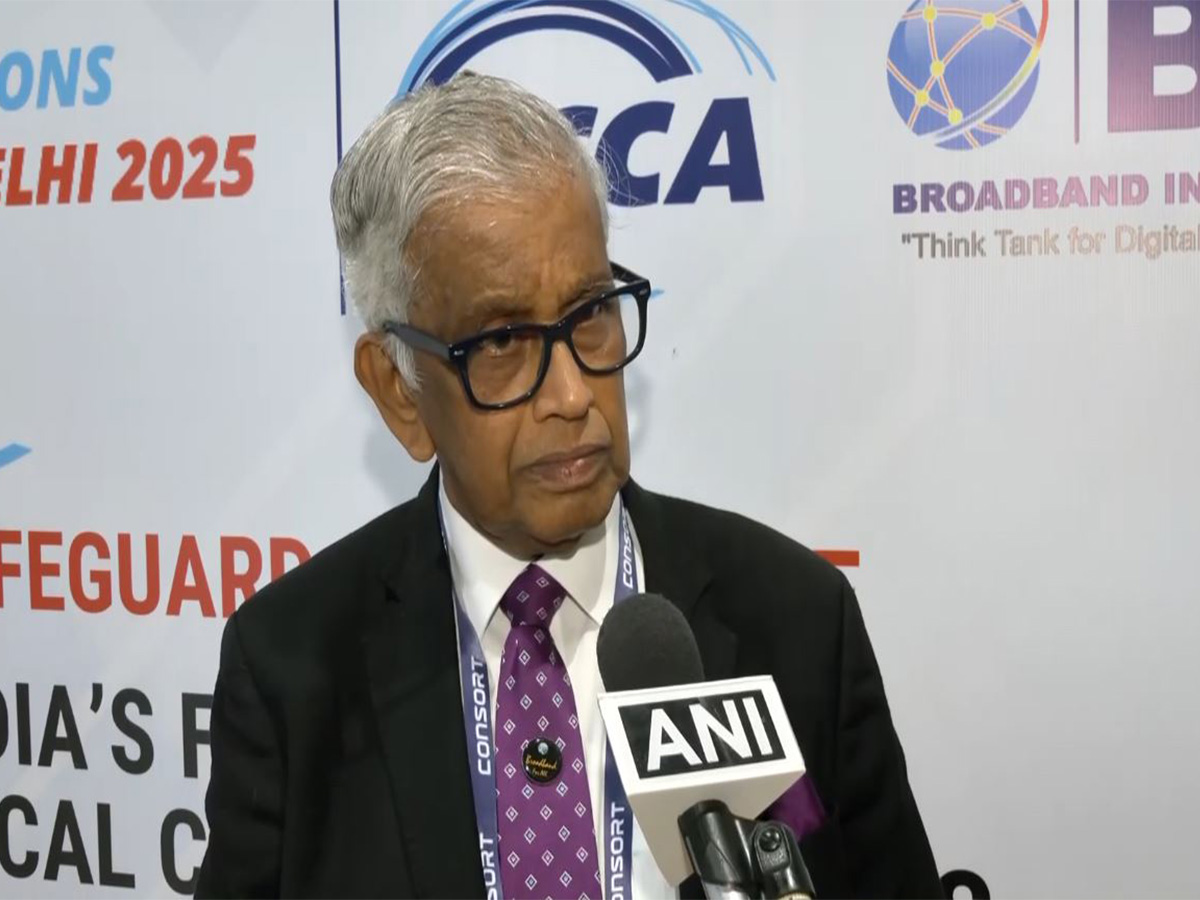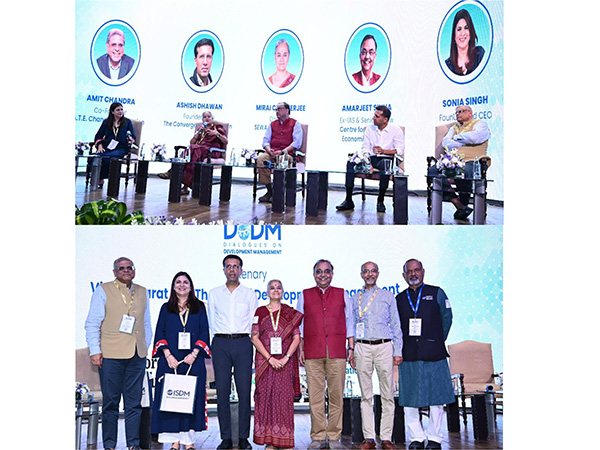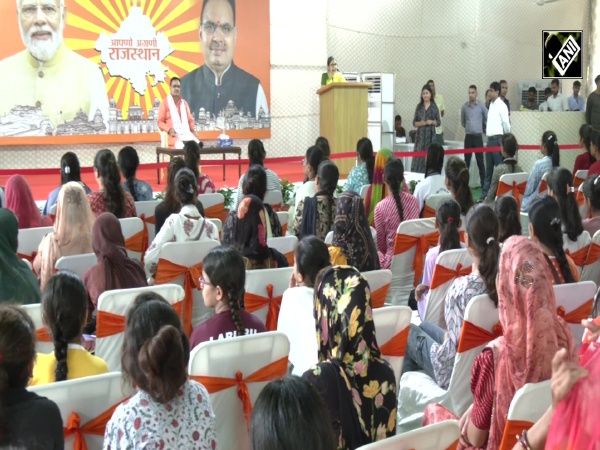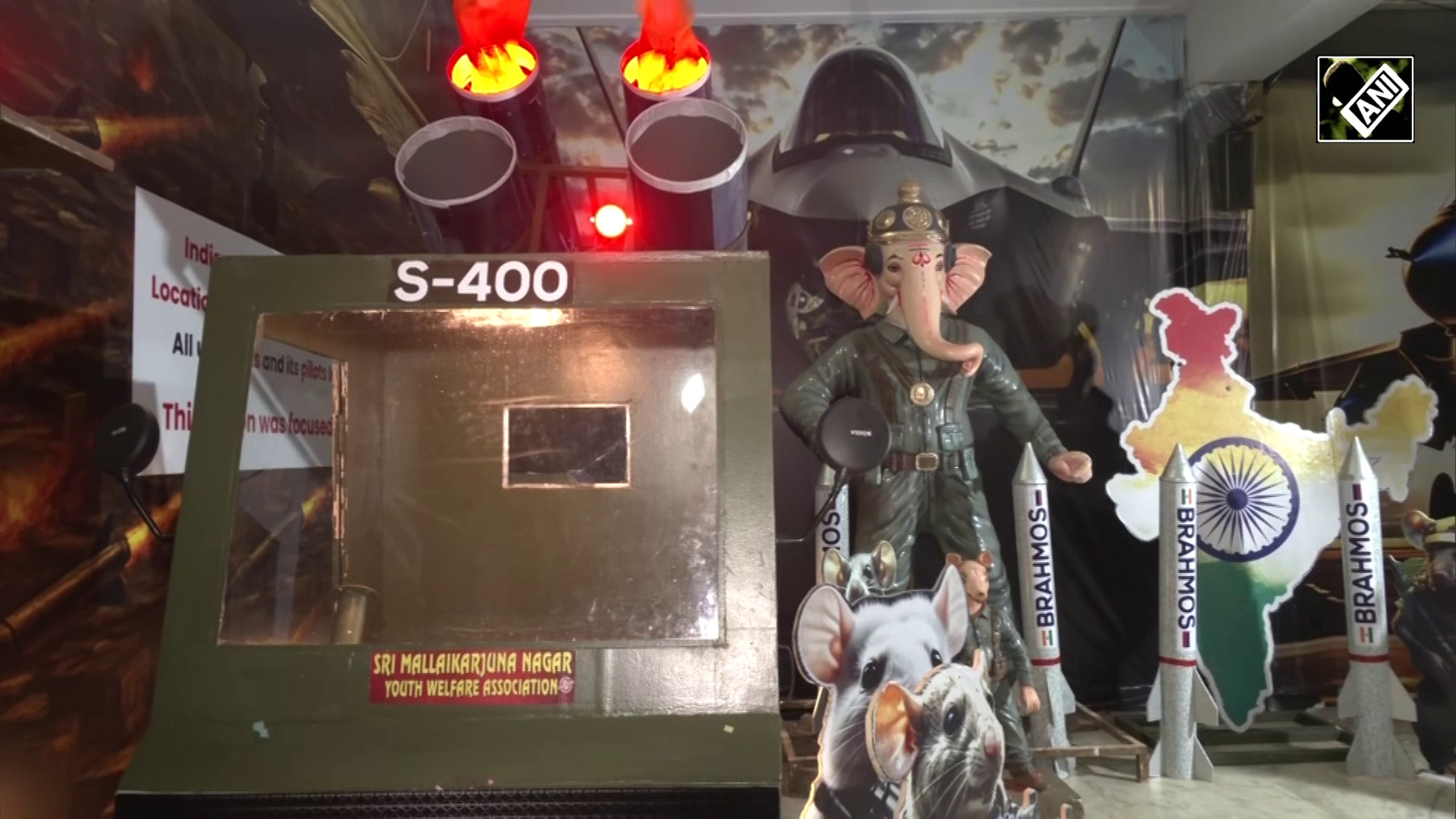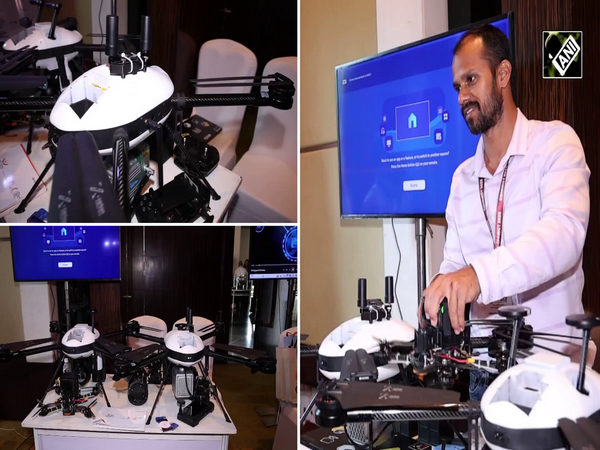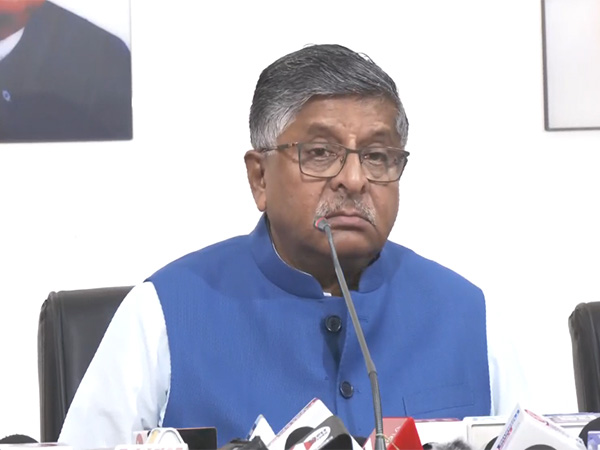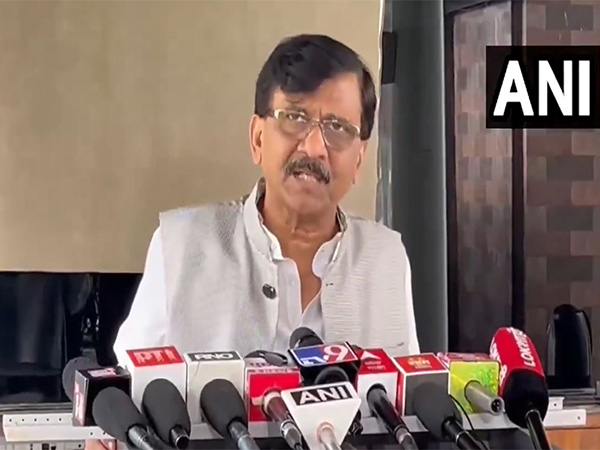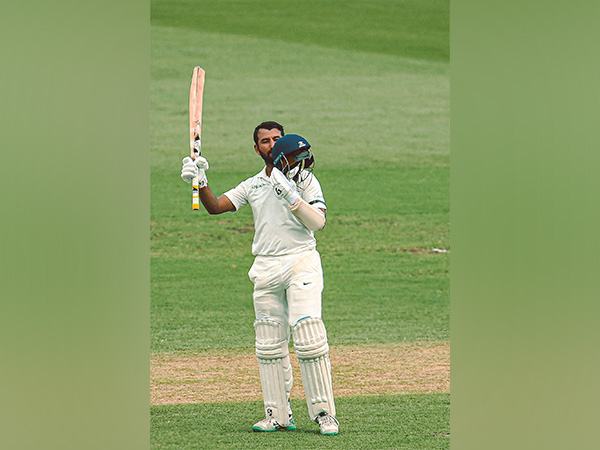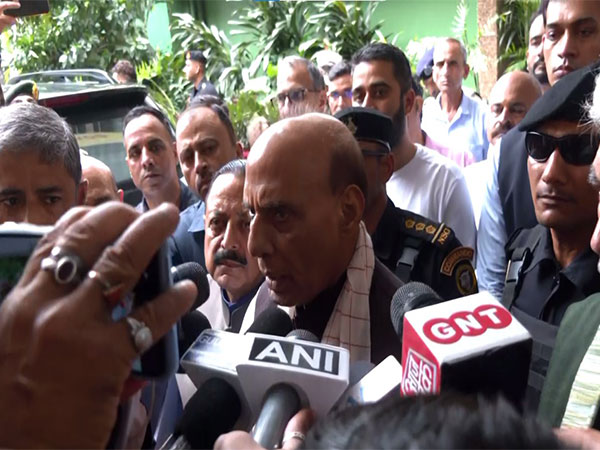
Chidiya is a gem of a film, an instant classic
Jun 20, 2025
PNN
New Delhi [India], June 20: In an industry where marketing blitz often outweighs merit, where noise travels faster than nuance, and where opening weekend numbers define a film's success, it's becoming increasingly difficult for small, sincere stories to simply exist -- let alone be discovered. Amidst this landscape, one film quietly arrived, touched a few hearts, earned glowing praise from respected critics -- and then disappeared from public access almost as swiftly. That film is Chidiya.
Directed by Mehran Amrohi, Chidiya is not just another indie drama. It is a love letter to childhood, to resilience, to silent dreams growing up in the corners of India's bustling, neglected spaces. It's a film that took nearly a decade to find its way to the screen.
And yet, for those who did find it, Chidiya is being called one of the most heartfelt and moving Indian films in recent years. As critic Subhash K. Jha put it, "Chidiya is a gem of a film, an instant classic." Which begs the question: how can something so widely praised be so scarcely seen?
Chidiya was made years ago, the film travelled through festivals across the world -- winning awards and receiving recognition. Audiences and juries abroad embraced it. Back home, it waited. The wait finally ended with a theatrical release in May 2025. But for all practical purposes, most of India never saw Chidiya.
Part of what makes Chidiya so affecting is its cast -- a thoughtful mix of seasoned performers and deeply expressive children. Vinay Pathak delivers a performance full of understated warmth, while Amrutha Subhash and Inaamulhaq lend the film a grounded, human gravity. But it's the young actors, Svar Kamble and Ayush Pathak, who truly anchor the film. As Shanu and Bua, they embody the joys, rivalries, and quiet determination of children growing up with big dreams and modest means. Their chemistry is authentic, their silences as powerful as their lines -- making Chidiya not just a film about children, but one seen entirely through their emotional truth.
It didn't play in every city. Even where it did, the shows were limited, the marketing modest, and the shelf life brutally short. And yet, despite this almost invisible rollout, the film received a warm critical embrace. The truth is, the system -- theatres and distributors-- isn't currently built to support a film that doesn't shout.
Chidiya doesn't have a star. It doesn't have shock value. It doesn't sell dreams; it simply honours the ones already being lived in the cracks of India's cities. In a better world, this would be enough. In today's world, it needs a marketing team, an Instagram strategy, and a viral moment. Films like Chidiya are made with belief, not budgets. They are carried by the patience of the people behind them. But once they are released, belief alone isn't enough. The question is: where does the responsibility lie? With the system? With the audience?
It's important to clarify: Chidiya is not widely seen. And in this lies the heartbreak -- and the hope. Heartbreak, because a film this delicate, this lovingly made, deserves better than a whisper. Hope, because the few who did find it are refusing to let it go. Social media has seen slow but steady love for the film. Viewers are writing long messages. Influencers are sharing clips. There's genuine, grassroots affection building -- not because the film was pushed, but because it was felt. That's rare. And valuable. Which is why now, more than ever, the film needs to be made available on a platform where it can live, breathe, and be discovered. Not as a trend. But as a treasure.
Why Chidiya Deserves a Wider Watch? Because not every film that matters starts loud. Because stories about children don't need to be childish. Because it represents what cinema could be, when it isn't dictated by algorithms or opening day figures. Chidiya doesn't beg for attention. It earns emotion. It doesn't manipulate; it meditates. And in doing so, it offers something audiences rarely get anymore -- honesty. The performances by the children are remarkably natural, layered with awkwardness and affection, mirroring real sibling energy. The cinematography captures the chaos of a chawl without aestheticising poverty. And the emotional arc -- simple on paper -- builds to moments of genuine, restrained catharsis. To say it deserves a wider audience isn't a marketing line. It's a fact. As for audiences: if you missed it in theatres -- it's not your fault. But when it finds its way online, make sure you don't scroll past it. Watch it. Feel it. Share it. Recommend it to someone who needs a reminder that small stories can leave big marks. That's the dream everyone who made it still holds on to. And that's why we're writing this -- not to hype it, but to help it fly a little further.
(ADVERTORIAL DISCLAIMER: The above press release has been provided by PNN. ANI will not be responsible in any way for the content of the same)


